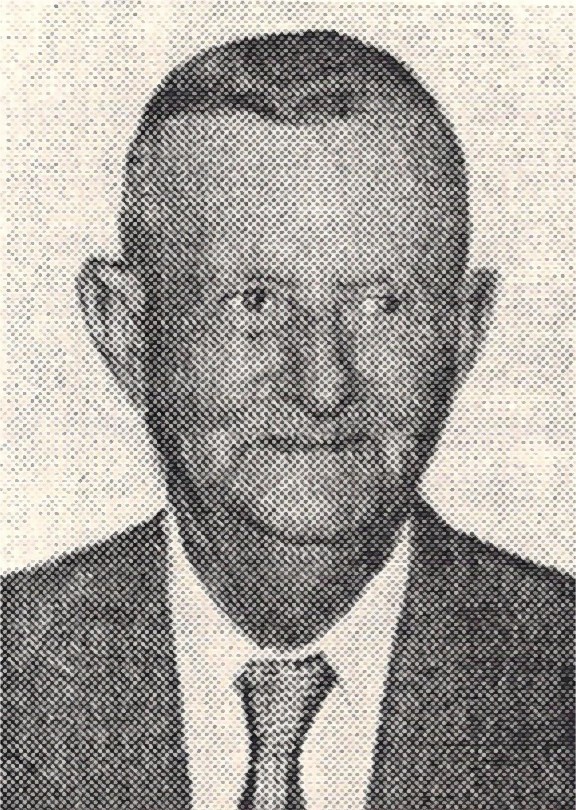The following is the history of the railroad in Overton County as researched by Jason Duke. With Jason’s permission I am using his information published in the November 4, 1998 issue of the Overton County News.
"On March 18, 1904, the Overton County Railroad was incorporated with 2,500 shares of common stock with a par value of $100, raising $250,00.00 for the construction of the railroad. The Cumberland Construction Company was engaged to build the 17.102-mile railroad from the Overton County junction, one mile east of Algood in Putnam County, to Livingston. Along the way, there were 75 curves. In 1904, the town of Livingston needed a railroad to help transport the vast timber reserves of the area to Nashville markets along with agricultural products. A railroad would also transport passengers to shopping destinations at places like Algood and Monterey, and would bring products in from Nashville and the rest of the world.
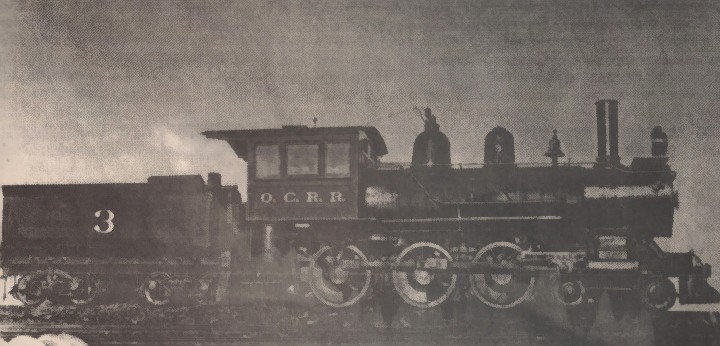
"Some of the money needed for the construction was offered by Overton County with the understanding that the railroad would have to begin operation by February 1, 1906. Construction began in 1905 and many area men worked at the first job most had performed outside of farming. Men were paid $6 for a 50-hour-week, which was good for the time. Construction was rushed and on February 1, 1906, the first train bound for Livingston left Algood and made it to Livingston that afternoon around 3 p.m. Many of the local residents had never seen a train and an enormous crowd was gathered at the depot to welcome the first train. That particular train, however, was late because many stops were made to insert additional cross ties under the rails in places where there were not enough. An average of 2,586 oak ties supported the 60-foot steel rails. Some in the crowd at Livingston were lucky enough to be offered a free ride back to Algood on the train. The invited passengers clambered aboard the converted flat cars and sat on rough wooden benches. The ride to Algood went exceptionally well until the train came to an area two miles north of Algood. There, the locomotive and two cars derailed and bounded along the few cross ties (probably the reason the train derailed) until it came to rest along an embankment. Miraculously, no one was seriously injured in the crash. However, there were a lot of upset people who were very happy about having to walk the two additional miles to Algood.
"Railroad records show that the Livingston Terminal Company was incorporated on March 29, 1910. The company owned the depot and certain tracks to Livingston. The Overton County Railroad was started with two locomotives and an assortment of box cars, a baggage car, and a passenger car. Trains ran every day except Sunday, and the trip took about 55 minutes each way. The train made four stops along the way from Algood to Livingston; one at Netherland; one at Rickman; one at Sulphur Springs; and one at Windle. Roberson and Carr Station were added to the stops around 1918.
"Livingston was once a thriving poultry center and shipped poultry all over the state. Lumber, staves, and golf sticks were also shipped from the area. Hickory was desired worldwide for golf sticks. Monterey produced most of them, but Livingston also produced its fair share.
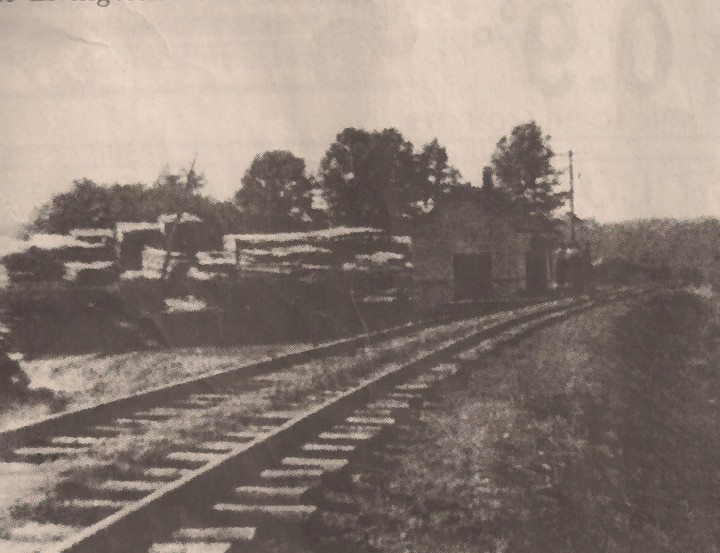
"Passengers were a good income producer for the railroad until the late 1920s when the automobile and buses took over. Passenger trains on the tracks could not exceed 28 miles per hour and freight trains were limited to 15 miles per hour. Two maintenance crews maintained the tracks, one based out of Algood and maintained the line up to Sulphur. A second was based in Windle and maintained the section from Sulphur to Livingston. The depot in Livingston had a sidetrack as did Windle and Rickman for the drop off and pick up of loaded rail cars.
"A 1925 Time Table said that all watches used by conductors, engineers, fireman, motormen, brakemen, flagmen, hostlers, section foremen, and agents of the railroad had to be examined and certified semi-annually by E.G. Gray of Livingston.
"Despite the progress, the Overton County Railroad was put into receivership on October 1, 1910 until it was sold to a reorganization committee on August 13, 1912. The Cincinnati-Nashville Railway Company purchased the railroad from the reorganization committee and the railroad was leased to the Tennessee, Kentucky, and Northern Railroad Company who had incorporated on August 14, 1912. Mrs. Phoebe E. Clark controlled the railroad since her family owned all of the stock. C.P. Clark was vice-president and purchasing agent and E. B.(Edward Basil) Draper was superintendent.
"Things turned up for the railroad and in 1912, consideration was given to expanding the railroad east through Jamestown to Oneida and south to Sparta. Surveys were done, but the expansion never materialized. The only dividend ever paid by the railroad was in 1914. In order to be more profitable, the railroad stopped hauling passenger cars behind its locomotives in 1919 and began using gasoline-powered cars on the tracks. In July, 1919, a 20-passenger car was purchased and put into service from the White Motor Company in Nashville. The car averaged 13 miles per gallon of gasoline and 270 miles per gallon of oil. The motor cars looked like a passenger car with a car front end on them. Two more motor cars were added in 1921 and 1922. These motor cars were frequently referred to as the Toonerville Trolley, after an era cartoon.
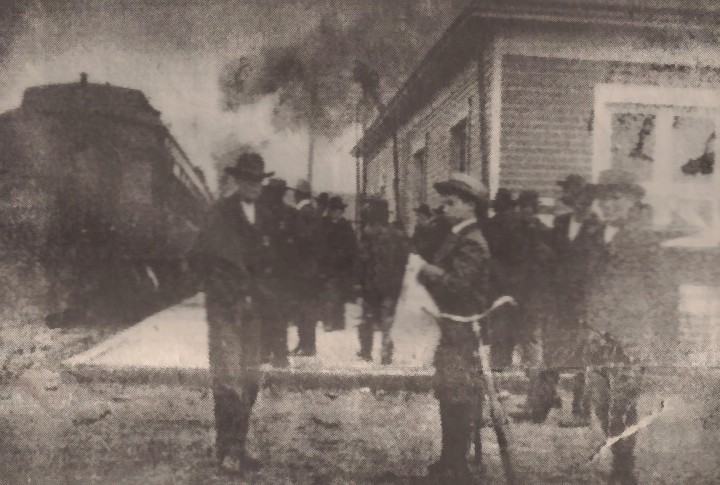
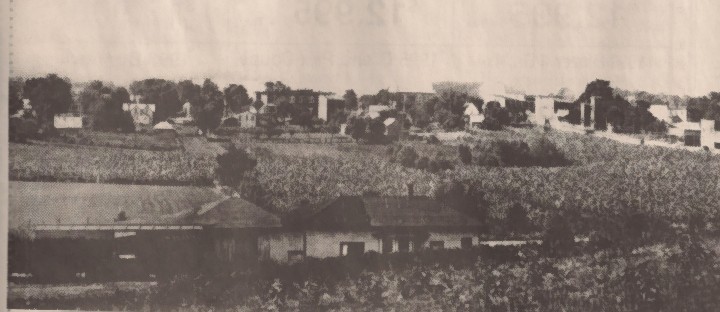
"As the timber began to play out along with the passengers, the railroad began to experience larger and larger deficits each year. The over-harvested forests were no longer supplying much lumber while the automobile roads were allowing cars to beat the train and were more convenient for people than the train. The railroad was also rapidly deteriorating which meant the track was left in an unsafe condition. Application was made on July 27, 1933 by the Cincinnati-Nashville Southern Railway Company to abandon the track, and on December 16, 1933, the Interstate Commerce Commission granted the request. The railroad permanently closed in April of 1934. The tracks were eventually torn out and sold as scrap iron to Japan."
Mrs. Nola Mae Needham also shared some memories with me several years ago concerning the railroad. Her father, Mr. Luther P. Jernigan, was the Livingston Depot agent for twenty years. Here are some of Nola Mae’s memories of the railroad:
"My father, Luther Pleas Jernigan, was transferred in 1913 from the Brotherton depot in Putnam County to become depot agent in Livingston for the Tennessee, Kentucky and Northern Railroad. He served as agent until May, 1933, when the railroad was disbanded. Following the closing of the railroad, he was city alderman for several terms and then served as Mayor of Livingston for many years. He died at the age of 72 in 1957, and was serving as Mayor at the time.
"The owner of the Tennessee, Kentucky and Northern Railroad was Mrs. Phoebe Clark whose home was in Madison, TN. Mrs. Clark took over and ran the railroad after death of her husband. They had one son, Clinton Pennington Clark, known as Ted, who married Mamie Craig Wills. In the late 1920's, Mrs. Clark built a home for Ted and Mamie Craig located on the mountain directly behind the depot (which would be identified today as the John Hunter Smith home). Mrs. Phoebe would ride the motor car of the train from Algood to Livingston when she came from Madison to visit. She described the hills in this area as "green taffeta draped in mists of blue chiffon." She was a well-educated, genteel, southern lady. Mama would have her eat with us when she visited. One day while visiting, she told my sisters, Edith and Christine and myself, she would send us a tea set, and when she came for a visit, she wanted us to have a tea party for her. When the tea set arrived, we were overjoyed to see a beautiful blue-bird pattern tea set large enough to serve real tea and cookies. Mama helped us make cookies and tea. We set a table up in the front hall and had, in Mrs. Clark’s words, "the most elegant party." I still have the sugar bowl, creamer, and vegetable bowl from that special set of dishes. I treasure each one of them very highly.
"There was a circus owned by Haag Brothers that would periodically come to town. The elephants were walked from the railroad cars in Algood or Cookeville up the highway to Livingston. They would be led up to the east side of town where they were bathed and watered in Keaton Pond.
"It was a sad day for the Jernigan family when the train pulled out for the last time. I shall never forget our family standing in our yard watching and listening to the whistle blowing continuously until it was out of hearing range. A page of history for Livingston and Overton County had turned for the last time."
